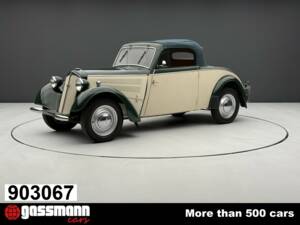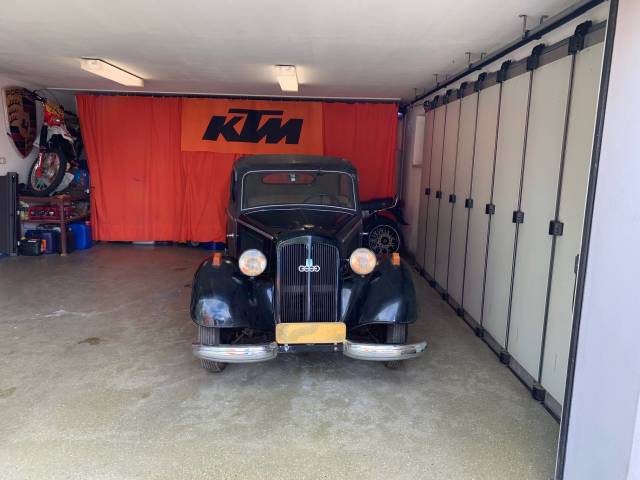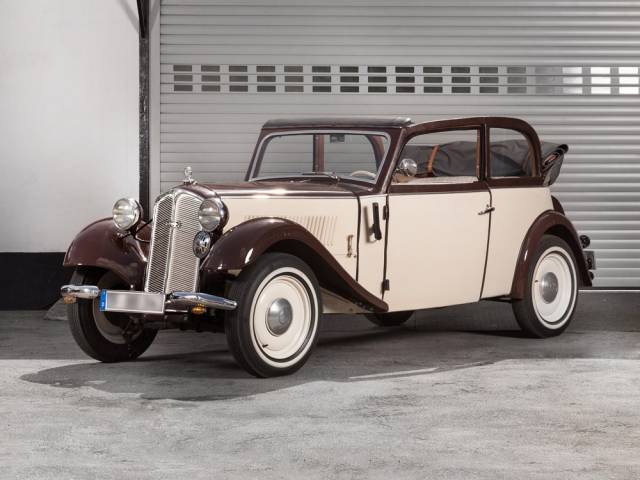DKW F5 Classic Car for Sale
The DKW F5 stands as a remarkable front-wheel drive saloon from the 1930s, notable for its advanced engineering of the time and its unique combination of wooden bodywork and reliable two-stroke engines. With several versions and careful restoration possibilities, it remains an appealing prospect for dedicated classic car enthusiasts interested in authentic German workmanship.
Search results

1936 | DKW Front Luxus Sport
F8 / F7 Reichsklasse Cabrio
DKW F5 listing references from Classic Trader
Below you will find listings related to your search that are no longer available on Classic Trader. Use this information to gain insight into availability, value trends, and current pricing for a "DKW F5" to make a more informed purchasing decision.
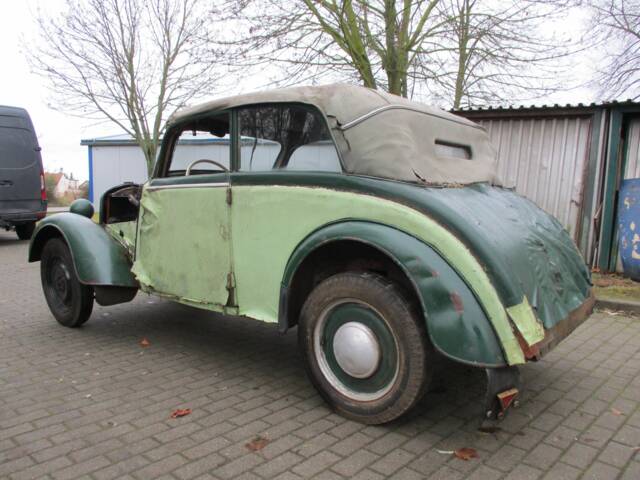
1936 | DKW Reichsklasse
Oldtimer DKW DKW F 5
1936 | DKW Reichsklasse
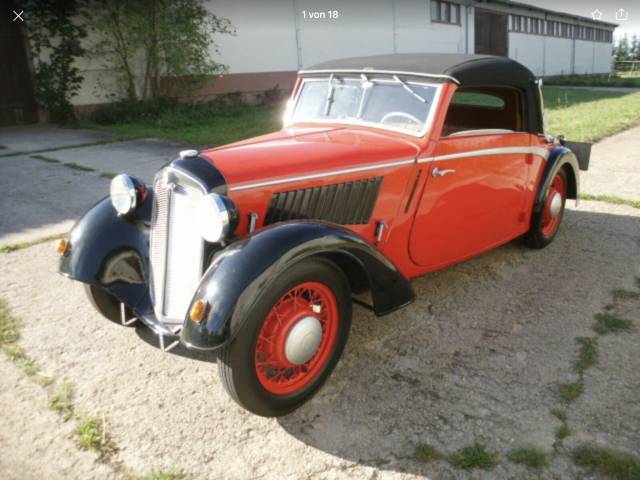
1936 | DKW Meisterklasse
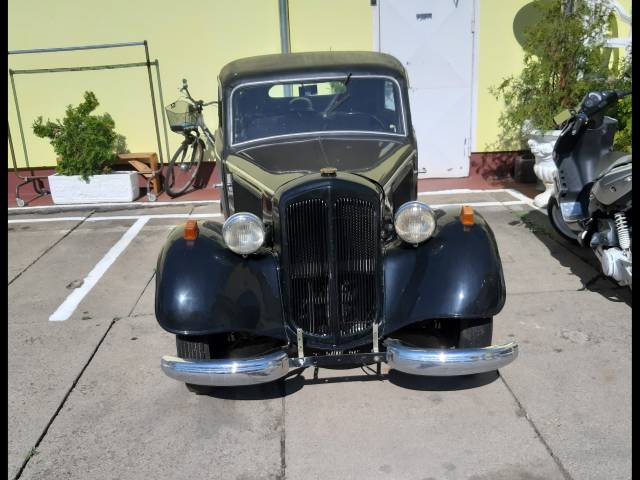
1936 | DKW Meisterklasse
Auto-Union AUDI, DKW Meisterklasse Oldtimer1936 Auch Tauchen
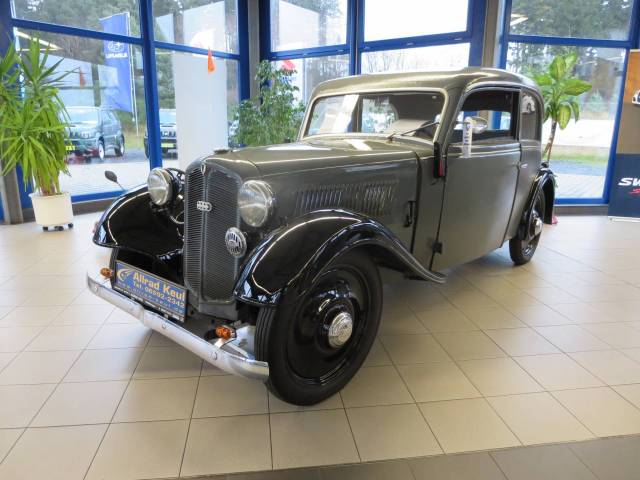
1935 | DKW Reichsklasse
Top Historie mit orig. Brief mit Hoheitszeichen Fahrtenbuch
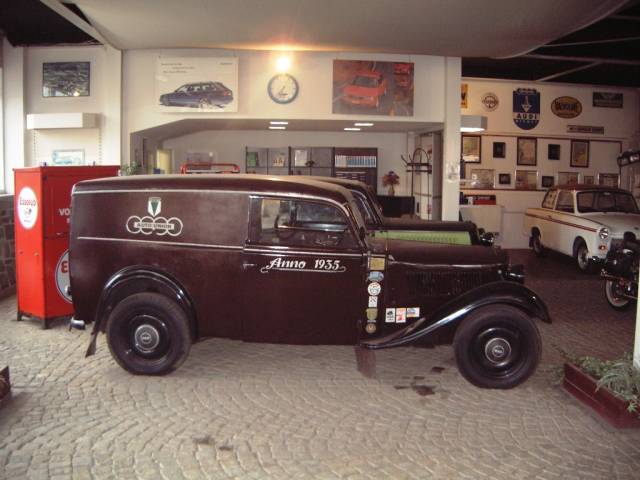
1935 | DKW Meisterklasse
Kastenwagen mit dem Fahrzeug wurden in Deutschland Ersatzteie transportiert
1935 | DKW Reichsklasse
Auktion On the Road: Classic Cars, 24.10.2016, 1189

1935 | DKW Reichsklasse
Top Historie mit orig. Brief mit Hoheitszeichen aus Erstbesitz Fahrtenbuch
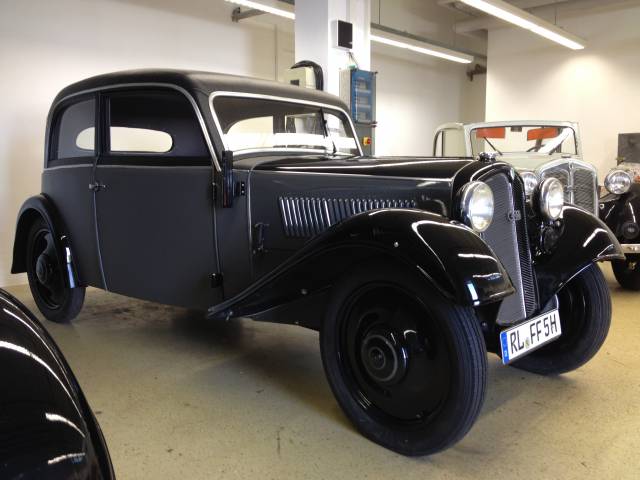
1936 | DKW Reichsklasse
Liebevoll sanierte DKW F5 Reichsklasse
History of the DKW F5
Produced between 1935 and 1936 by Auto Union's DKW division, the DKW F5 replaced the F4 (Meisterklasse) and F2 (Reichsklasse) models. Its most substantial advancement was the transition to an all-steel chassis, leaving behind the mixed wood-and-steel construction. While the bodywork and interior design closely followed its predecessor, the F5 introduced subtle improvements and two distinct trim lines—Reichsklasse for economical buyers and Meisterklasse for those seeking more refined details. With over 60,000 units built until 1938, the F5 became one of the best-selling vehicles in Germany during its market life, before the DKW F7 succeeded it.
Model History
The DKW F5 built upon the legacy of its F2 and F4 predecessors, modernising structure and technical details. The initial offering in 1935 was a two-door, four-seat saloon available as Reichsklasse (0.6-litre, 18 PS) and Meisterklasse (0.7-litre, 20 PS). In 1936, cabriolet variants appeared, including the entry-level Front Cabriolet and the luxurious Front Luxus Cabriolet—famed for high-quality finishes and even inspiring the nickname 'little Horch'. The series culminated with the Front Luxus Sport roadster, reaching speeds up to 90 km/h and representing the most dynamic DKW of its era. Production ended in 1938, making way for the F7.
Highlights of the DKW F5
The DKW F5 set itself apart by offering front-wheel drive in a compact saloon and cabriolet, paired with two-stroke twin engines. The body construction marked a shift—steel chassis for most versions, while the Front Luxus Cabriolet introduced a wooden frame clad in sheet metal. Accessories such as original Reichsbrief, matching numbers and original colour codes (e.g., number 1 for red-brown) add provenance. Key technical features include manually shifted three-speed gearboxes and textile-braided wiring harnesses. Many DKW F5 vehicles retain their original dashboard, with parts like chrome, nickel, and galvanized elements well preserved or professionally restored.
Technical Data
Special Editions and Collectible Models
The DKW F5 Front Luxus Cabriolet stands out thanks to its wooden frame construction, elevated trim, and advanced craftsmanship—an anomaly in DKW production standards of the era. The Front Luxus Sport roadster, with its lightweight construction and higher top speed, also earns distinction as a desirable, rare variant. Restorations featuring complete original components and proper period documentation are especially valued within the DKW collector community.
Weak Spots and Common Issues
Classic DKW F5s require expertise in woodwork (Stellmacherarbeiten), as body repairs often involve both timber and steel. Rust can affect steel panels, though many have been sandblasted and repainted during previous restorations. Textile-braided wiring may show age-related wear, and chrome or nickel-plated trim needs periodic attention. Matching original engine and frame numbers is crucial for authenticity. Running gear, including the clutch, brakes, and wheel bearings, often requires regular inspection and, if needed, renewing. Replacement tyres and interior retrims are typical restoration tasks, and sourcing high-quality or original replacement parts is a mark of restored quality.
Engine, Performance, Transmission and Handling
Both engine variants are robust two-stroke twins, the F5 - 600 offering 18 PS, and the F5 - 700 delivering 20 PS, both with a three-speed manual gearbox driving the front wheels. These vehicles can be easily maintained, with overhauls of pistons, bearings, and crankshafts commonly undertaken. The Front Luxus Sport model, due to its lower weight and improved engineering, achieves up to 90 km/h—making it the sportiest in the series. Driving an F5 means engaging with period-correct controls and mechanical systems, offering a hands-on experience of 1930s automotive technology. - DKW F5 - 700: Most sought-after, higher engine output (20 PS), 68.5% of all DKW F5 listing views, favoured for enhanced performance.
- DKW F5 Luxus Sport Roadster: Lightest, quickest variant in the F5 family, noted for unique roadster configuration and better speed.
Interior, Comfort, Exterior and Design
The F5 interior is emblematic of 1930s design, including period headliners, side panels, and floor trims. Dashboards are a distinctive visual cue, often carefully restored. The armature features classic gauge designs and matching numbers are often displayed. Colour selection was tied to factory stamping (e.g., number '1' denoting a red-brown finish), and original paint schemes are highly respected among connoisseurs. Chrome and nickel accents abound on lighting, grille, and interior fixings. The Front Luxus Cabriolet is recognised for its prestigious wood frame enveloped in sheet metal, while many models are distinguished by period-correct galvanised and textile-wrapped components.
Other Relevant Features
Well-preserved DKW F5 examples often feature original registration documents from the 1930s, original sales literature, owner’s manuals, and matching number certificates. Vehicles with full sets of period accessories and original mechanicals tend to be the most prized among purist collectors.
Summary
The DKW F5 represents a crucial step in the evolution of affordable, technologically advanced German saloons and cabriolets of the 1930s. Buyers today benefit from rich documentation, a supply of specialist parts, and the collective knowledge of the DKW enthusiast network. Popular especially in the 0.7-litre Meisterklasse and upscale cabriolet forms, the F5 offers a compelling blend of authentic period engineering and restoration possibilities for classic car connoisseurs.
